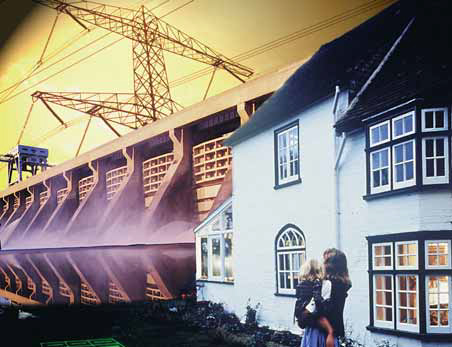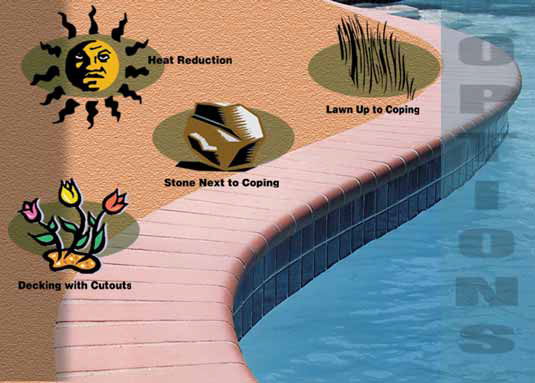Building a stream that looks as though it was actually completed by Mother Nature is no small challenge. To make the illusion work, the watershaper quite literally "shapes" the basic elements of the stream - its path, width, depth, outcroppings, falls, transitions and plantings - all with an eye toward mimicking natural designs. To a large degree, the process is different from that of designing and building a pond, pool or fountain. In those cases, the watershape generally goes in the ground almost exactly where and how it's been drawn. With streams, however, the differences between
As adults, we too often forget one of the great joys of childhood - the sense of wonder and discovery we experienced when we first saw the ocean or flew in an airplane and the world opened and unfolded before our very eyes. As designers, I believe we similarly forget about the excitement that comes with discovery. Too often, we lay out beautiful lines and incorporate interesting and unusual plant and hardscape material for everyone to see all at once. The work may be beautiful, but it leaves little or nothing to the imagination and offers no surprises. I can't help thinking how much more our landscapes, public and private, would be savored if they were to be explored and discovered bit by bit. This is especially true for spaces containing watershapes, which by themselves lend interest and drama to almost any space: The magic of water can (and I believe should) be exploited by concealing it at first and then revealing it in a way that gives the viewer a brief moment of visual revelation. To see what I mean with respect to watershapes and waterscapes, let's explore an approach that makes seeing everything immediately an impossibility. Instead, this approach offers glimpses that tantalize and intrigue - and can be seen in the work of thoughtful garden designers who've manipulated sights and sounds around the
Each year, the National Spa & Pool Institute offers special programs in conjunction with its International Expo. Most years, these programs include tours of local places of interest, such as notable museums, historical sites, outstanding examples of local architecture and the like. With the Expo in Las Vegas last December, NSPI took advantage of the location and included a tour of Hoover Dam and Lake Mead, a scant 30 miles from the glitz and glitter of The Strip. More than100
Your clients are thrilled with your pool design - with one exception. It may be set up to withstand a 9.0 earthquake, but with all that decking and concrete, it resembles a bomb shelter. Apparently while you were working with the client's desire for seismic durability in mind, you lost sight of their additional desire for soft, rolling meadows. I exaggerate here to make a point: Too many watershapers are reluctant to
Last year at about this time, my wife and I were driving through Big Sur on the California coast when, on impulse, we decided to stop at
What is good lake construction? What makes some pristine and beautiful while others seem fetid and slimy? To discover the answer to these and other questions, we need to start by defining what we mean by "lake." It may seem arbitrary, but the distinction can be an important one, especially to people who own them. You don't want to insult anyone by calling their lake a pond or lagoon, for example. By the same token, you don't want to seem ill-informed or unprofessional in referring to their waterfeature as a lake. Given the different
Everything about this job was big: the budget, the number of watershapes, the upscale location and, especially, the customer's expectations. The owners, Town Realty of Milwaukee, envisioned their five watershapes as the key amenities for a new condominium development in Cocoa Beach, Fla., a signature element that would woo potential buyers who visited the 124-unit vacation complex. To reach that goal, their project team gathered aquatic experts from all over the Sunshine State to create the plans and specifications, supervise the bidding process, oversee construction and
By repeating something from one place in the yard to another, you tie everything together - and expand upon an idea that has already worked somewhere else in that yard. With landscaping, this doesn't always have to mean plants. When you find something that works and you like it, why not stick with it? Last month, I told you how we turned a small wasteland into an indoor oasis for one of my clients. When we were finished with the project, the clients were






















In Search of Balance and Harmony